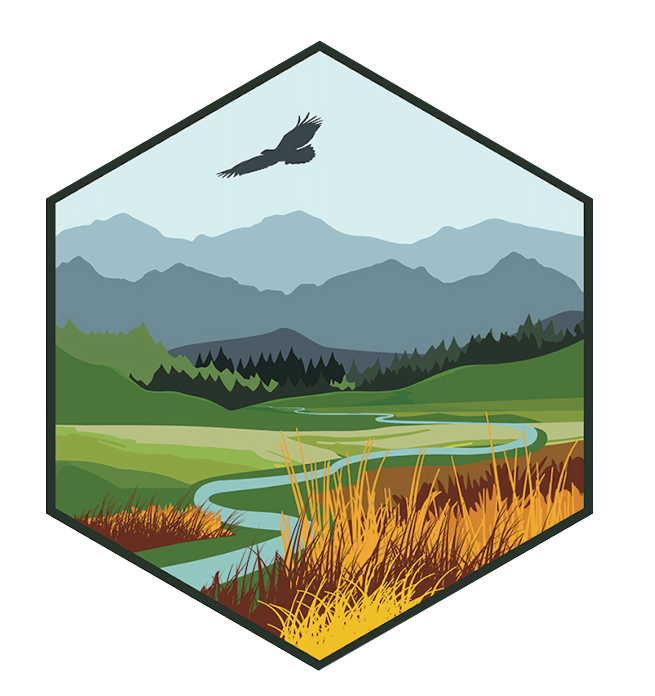Stefan Tangen and Brian Miller Present at Tribal Climate Adaptation Planning Workshop
November NC CASC Tribal Climate Newsletter Now Online
NC CASC Workshop: Climate Data 101 in Python
Are you a resource manager or scientist interested in learning how to work with climate data in Python?
When
October 21 webinar slides
October 21 webinar slides
New Funding Opportunity for Tribal Climate Resilience Liaisons at the CASCs
Read Brian Miller's Paper on Agent-Environment Feedbacks
A new paper by Brian Miller, USGS and NC CASC Research Ecologist, is now available online in the Landscape Ecology journal. The paper, "A new approach for representing agent-environment feedbacks: coupled agent-based and state-and-transition simulation models," discusses the dynamic linkage between agent-based and state-and-transition simulation models, and their relevance for modeling landscape processes and patterns.
James Rattling Leaf to Speak at Alliances for Climate Action: Virtual Forum Series
James Rattling Leaf will be speaking at an upcoming talk as part of the Alliances for Climate Action: Virtual Forum Series, sponsored by the Resilient Nation Partnership Network, on October 20th from 12-2pm ET. The talk is part of a series of talks scheduled for every Wednesday throughout October.
For more information and to register: https://alliances-for-climate-action.heysummit.com/
Brian Miller to Speak at Upcoming Talks at UNC and The Wildlife Society’s Annual Conference
Contact Us
Want to see more? Do you have feedback? Was this site helpful? Send us an email!

